1 – Polar bears are found in the frozen wilds of the Arctic, in Canada, Alaska, Greenland, Russia and Norway – NOT in Antarctica!
2 – The biggest threat to polar bears is shrinking sea-ice. Climate change is causing sea-ice to melt earlier and forming later each year, which means that polar bears have less time to hunt on top of the sea-ice. The bears rely on this sea-ice as a platform to hunt sea prey like seals that come onto the ice and give the bear the advantage.
3 – Just like whales, seals, and dolphins, polar bears are considered marine mammals. Polar bears are the only species of bear that depends on the ocean ecosystem to survive. Their life is tied to the sea ice and to the abundant world that blooms, swims, and paddles beneath their paws.
4 – Despite their size and bulk, polar bears are excellent swimmers, and have been spotted in waters over 100 km offshore. They can comfortably swim at around 10 km/h (6 miles/h) using their slightly webbed, 30cm wide paws like paddles in the water.
5 – Although good swimmers, polar bears aren’t quick enough to reliably catch seals in open water. Instead, they depend on the ice as a hunting platform. They wait near seal breathing holes or at the ice’s edge for a seal to surface. They then snatch it from the sea and…gulp!
6 – Polar bears clean themselves by rolling in the snow. Staying clean helps the insulating properties of their fur, so after feeding they will often freshen up by taking a swim or roll in snow. Rolling in the snow also enables them to cool them off when they get too hot.
7 – Polar bear fur isn’t actually white! It’s transparent with a hollow core that reflects light. This helps the bears blend in with their surroundings – a useful trick, especially when hunting wary seals!
8 – Polar bears have an excellent sense of smell which they use to find prey. A polar bear can sniff out a seal on the ice many miles away.
9 – An innovative new technique allows scientists to isolate DNA from a polar bear’s footprint in the snow. Two tiny scoops of snow from a polar bear track revealed not just the DNA of the polar bear that made it, but even from a seal it had recently eaten.
10 – A female polar bear will have an average of five litters of cubs in her lifetime.Two-thirds of polar bear litters are twins!
All images copyright ©Theo Allofs/wildfocusexpeditions.com

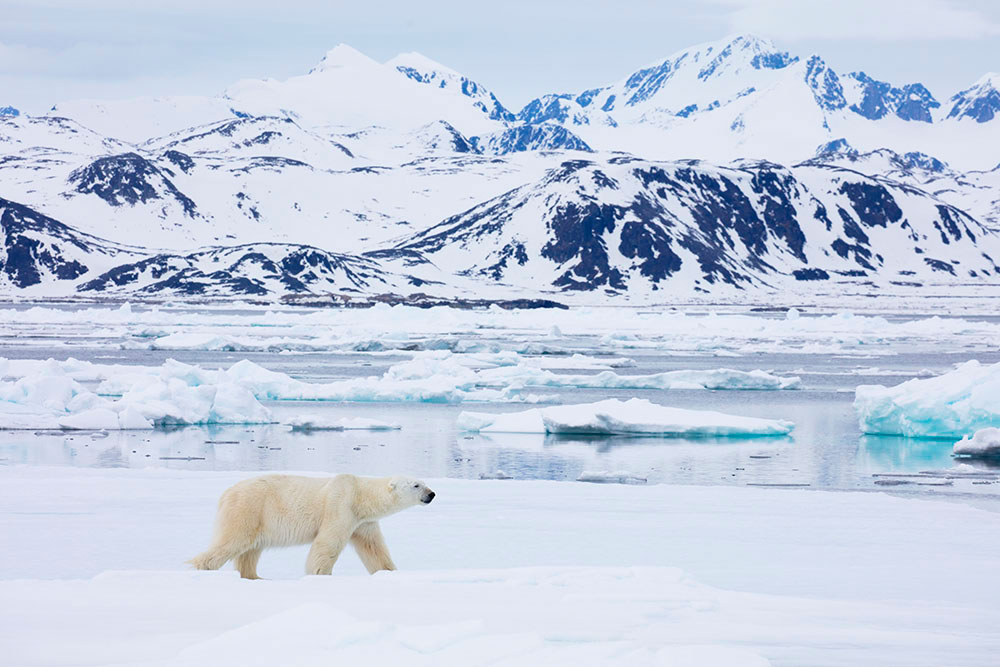
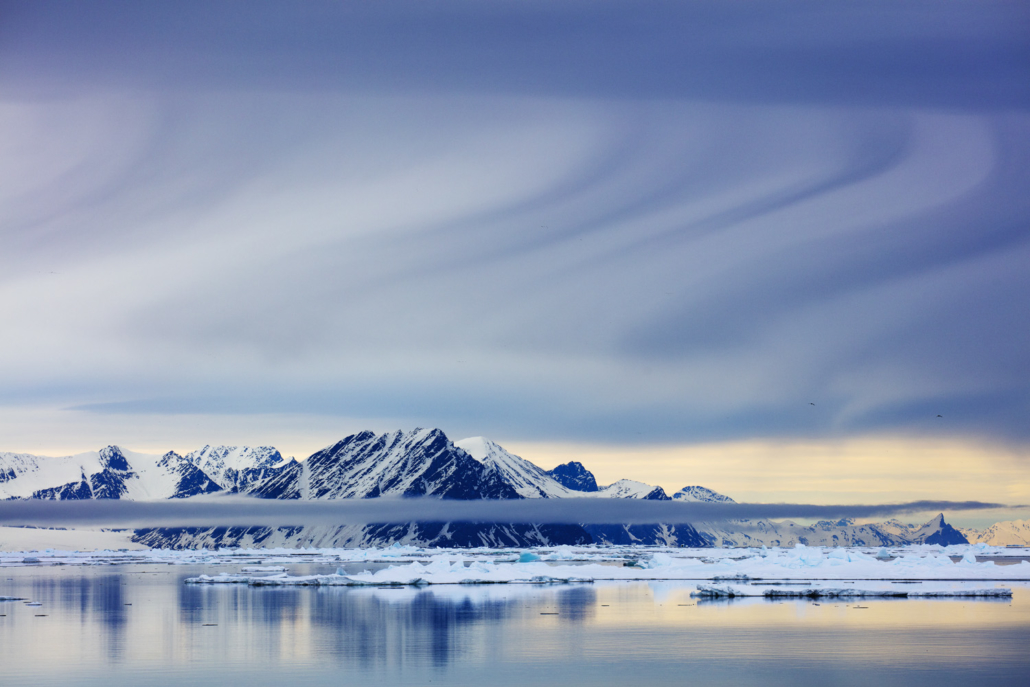
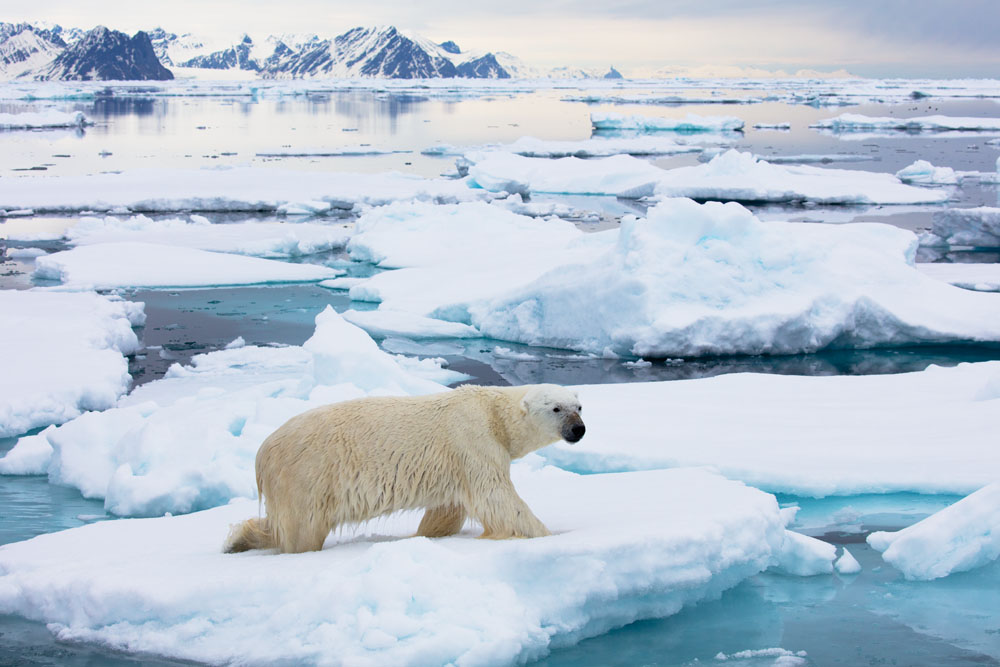
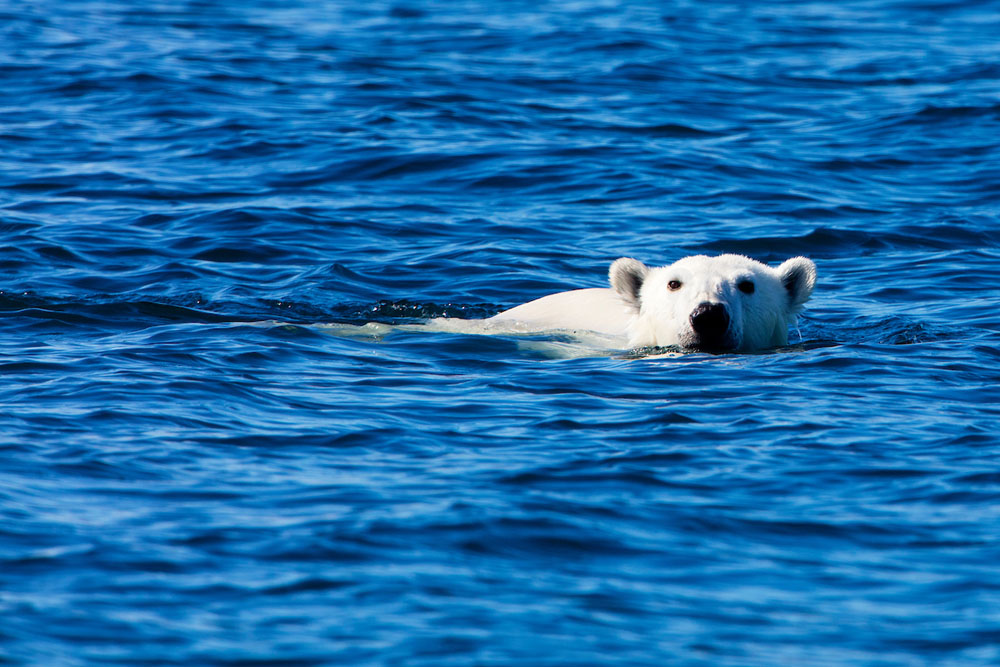
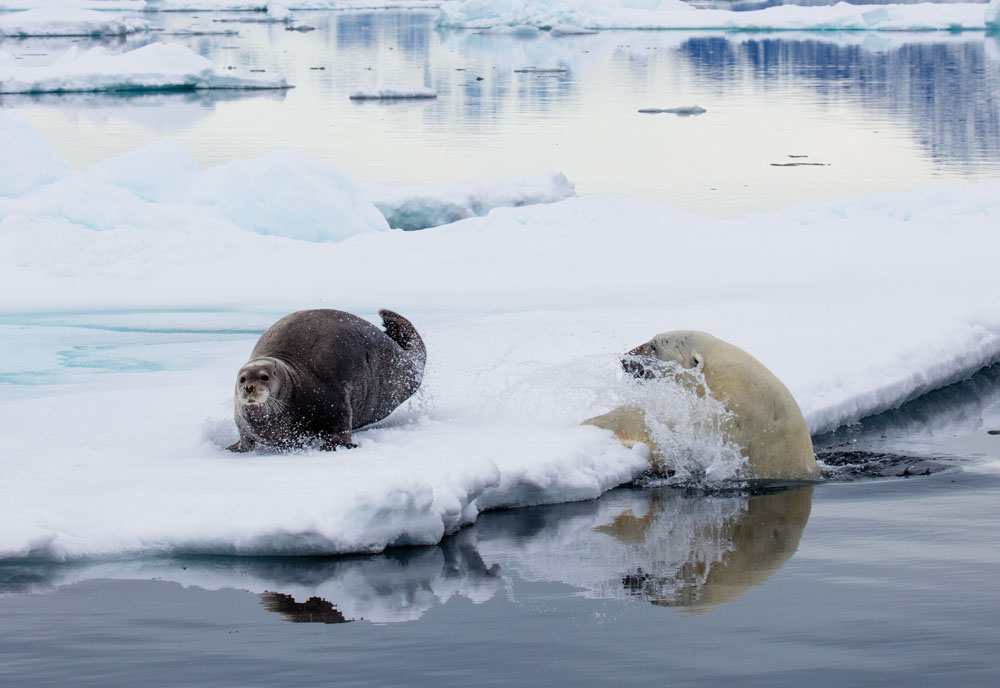
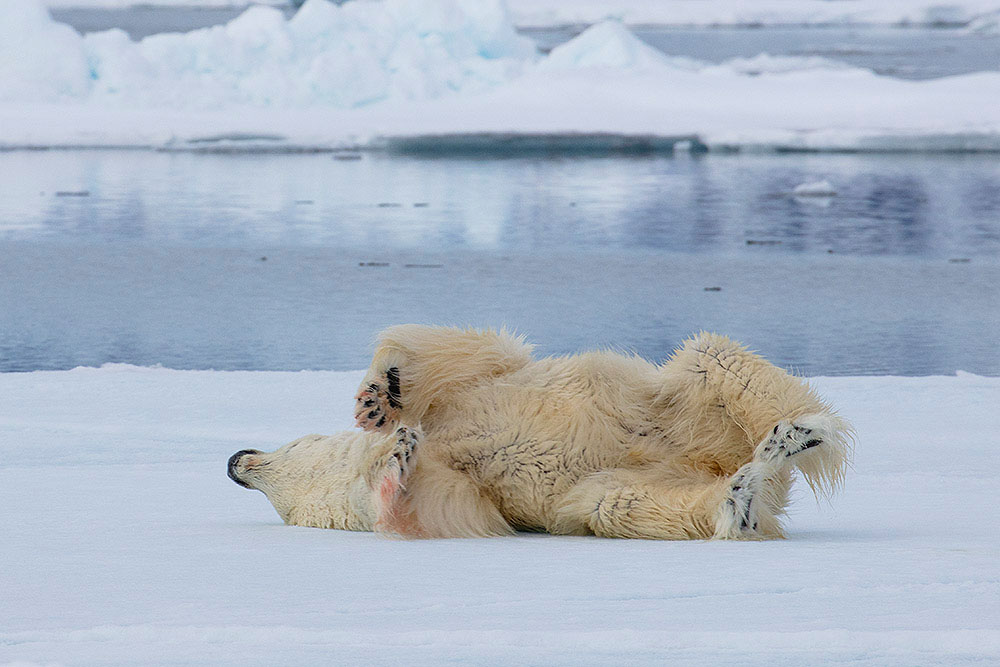
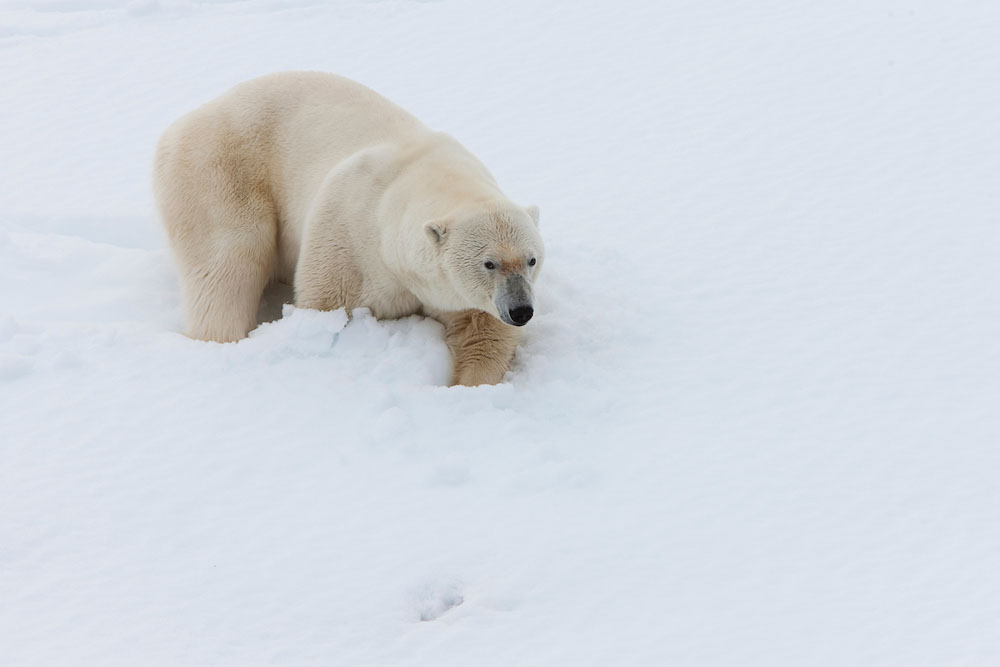
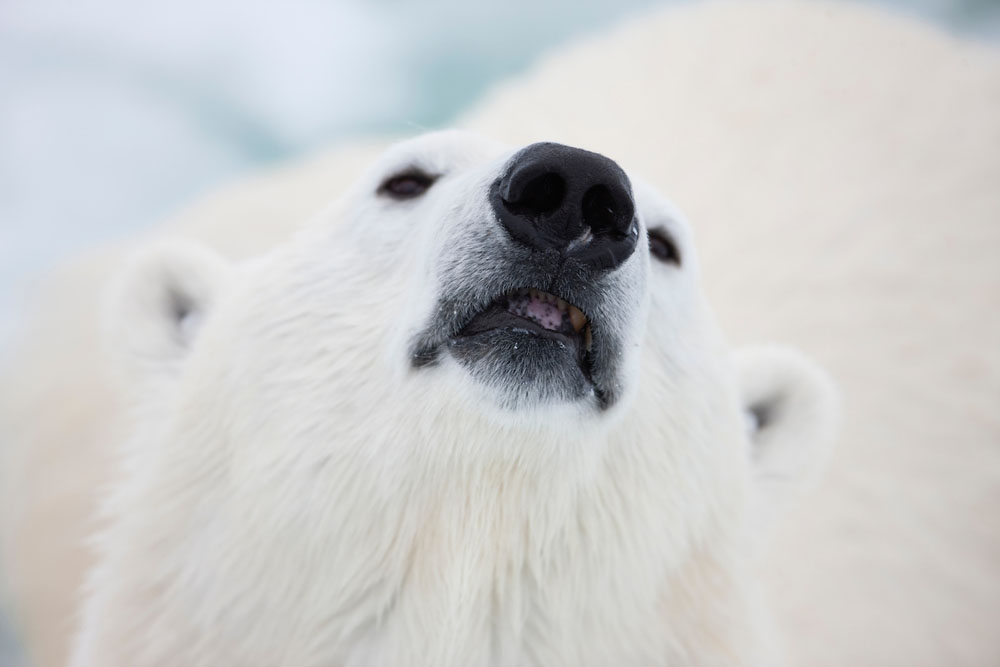
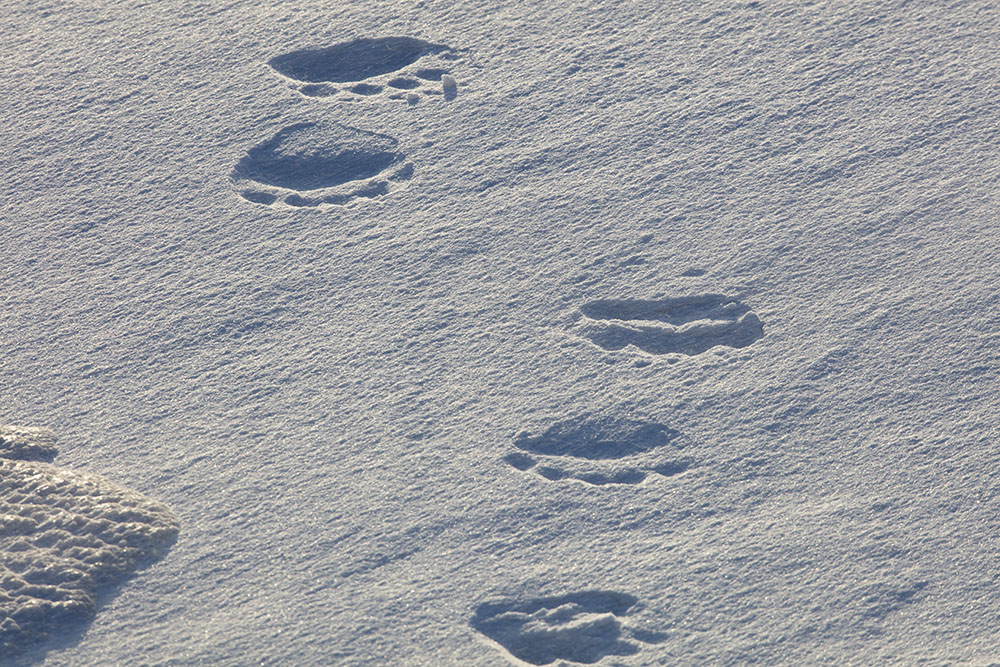
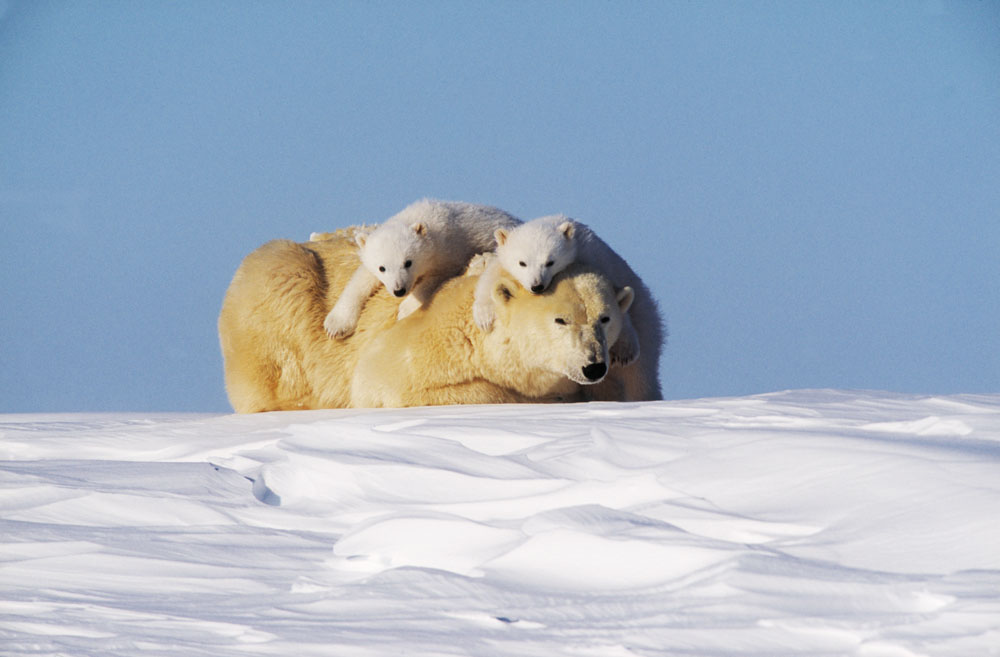

Leave a Reply
Want to join the discussion?Feel free to contribute!